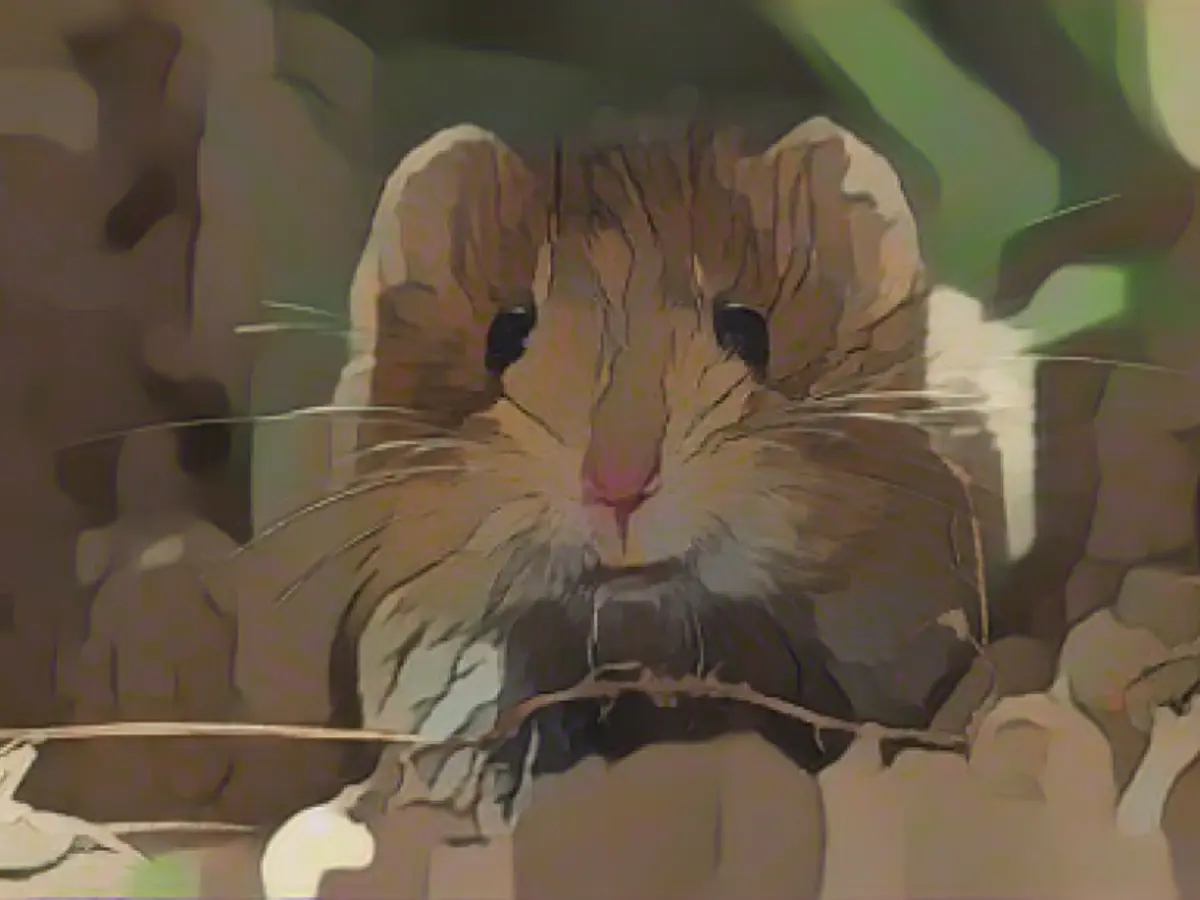Forests Under Threat: The Mice Invasion in Germany
It seems like our forests in Lower Saxony are enduring one challenge after another. Drought, storms, bark beetle infiltrations – and now, mice! Are our forests destined for an endless barrage of hardships?
The Lower Saxony State Forests have raised the alarm. The number of short-tailed mice – earth mice, red-backed mice, shear mice, and field mice – is steadily on the rise, both above and below ground. And they're causing serious damage to our trees.
Experts from the Northwest German Forest Research Institute in Göttingen confirm that these rodents are particularly prevalent in areas where bark beetles have been particularly active.

Mice are hungry critters. In the winter months, when food is scarce, shear mice will nibble on young tree roots. Meanwhile, other mouse species feast on bark, leaving the trees vulnerable to disease and death.
Deciduous trees, which have been replanted in drought-affected and storm-damaged forest areas of Lower Saxony, are particularly at risk. With the mice mushrooming in population, the future of these trees is under sever threat.
Addressing the Mice Menace
To tackle this menace, the Lower Saxony State Forests have implemented several measures.
First, they plan to mow grassy areas, where seedlings are to be planted. By eliminating the grass cover, there's less protection for mice, making the area less attractive to them.
Moreover, planting young trees in the spring can also be beneficial. Younger trees are less susceptible to rodent infestations as winter approaches.
The Impact of Mice on Forests
While the specific details about mice infestations in German forests might not be widely available, there's no denying the impact they have on the forests themselves.
Mice can gnaw on tree bark, creating wounds that act as entry points for pathogens and insects, potentially causing disease or further damage to the tree. They can also burrow into the roots of trees, disturbing the root system and potentially causing the tree to become unstable or die.
Moreover, mice can consume seeds, reducing the number of seedlings available for regeneration. This affects the overall diversity and health of the forest ecosystem.
Lastly, the presence of mice can lead to nutrient depletion in the soil, as they consume insects, seeds, and other small organisms essential for maintaining soil health.
Control Measures for Mice Infestations
While the specific measures addressed in Lower Saxony might not be detailed, here are some general strategies for controlling mice infestations in forests:
- Forest Management Practices: Implement sustainable forest management practices that include regular monitoring, thinning, and pruning to maintain a healthy forest structure.
- Exclusion Methods: Use physical barriers such as fencing or mesh to exclude mice from certain areas of the forest.
- Trapping and Baiting: Implement trapping and baiting programs to control mouse populations, using humane traps or bait stations in areas where mice are causing significant damage.
- Environmental Modifications: Modify the environment to make it less conducive to mice infestations by removing food sources, securing trash, and ensuring proper drainage.
- Integrated Pest Management (IPM): Adopt an integrated pest management approach that combines multiple control methods, such as trapping, baiting, habitat modification, to effectively manage mouse populations in forests.
By employing these strategies, we can help ensure the longevity and health of our forests.





